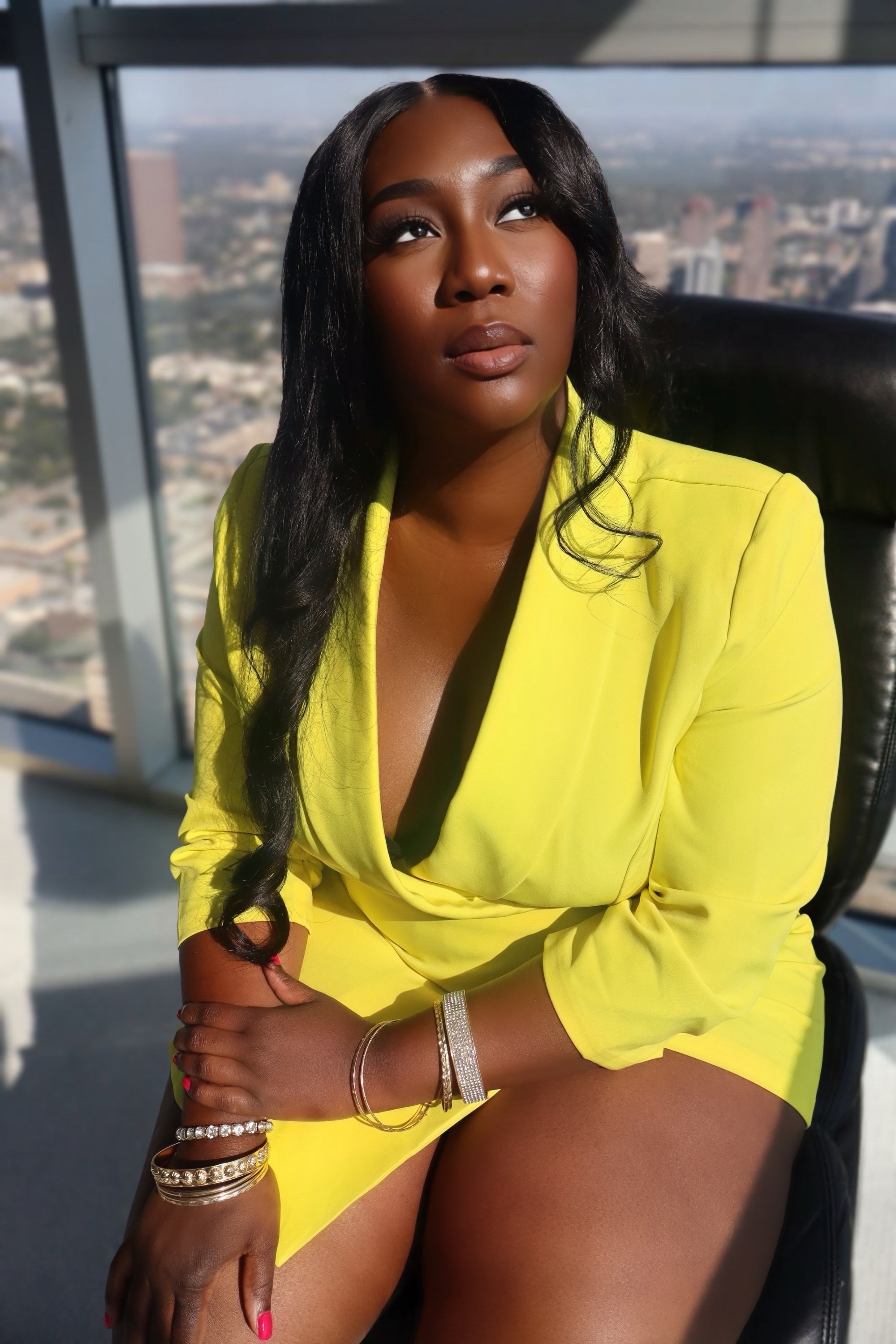Quick Case Study: Marilyn Monroe Plus Ella Fitzgerald Equals Protect Black Women
- Michelby Whitehead
- Sep 11, 2023
- 2 min read

Introduction
In the midst of the Civil Rights Movement in the 1950s and 1960s, two iconic figures from the entertainment world came together to challenge racial segregation and discrimination in a unique and powerful way. Marilyn Monroe, the legendary Hollywood actress, and Ella Fitzgerald, the renowned jazz vocalist, formed an unexpected yet impactful partnership to fight racism. This case study explores their collaboration and the profound impact it had on challenging the racial barriers of their time.
Background
During the 1950s, Ella Fitzgerald was already a celebrated jazz singer but faced significant challenges due to her race. She struggled to secure bookings at prestigious venues and hotels because of the prevailing racism and segregation in the entertainment industry. Marilyn Monroe, a prominent white actress, recognized this injustice and decided to leverage her own fame to make a difference.
Campaign
In the early 1950s, Marilyn Monroe attended one of Ella Fitzgerald's performances at the Mocambo nightclub in Los Angeles. Shocked that such an incredible talent faced racial discrimination, Monroe took it upon herself to advocate for Fitzgerald. She made a bold move by calling the owner of the Mocambo and promising to attend every night if he would book Fitzgerald. The owner agreed, and Monroe's promise turned into reality.
Monroe's presence at the Mocambo garnered significant media attention. This helped to break down barriers and challenge stereotypes associated with Black artists performing in white establishments. Ella Fitzgerald's performances at the Mocambo were a massive success, and she went on to have a long and successful career, as well as receiving a star on the Hollywood Walk of Fame on February 8, 1960.
Results
Marilyn Monroe's support and collaboration with Ella Fitzgerald were a symbol of unity against racial segregation in the entertainment industry. It showcased the power of using privilege and platform to advocate for equality. The partnership between these two iconic women not only benefited Fitzgerald and the Mocambo, but also contributed to raising awareness about racial discrimination in the broader society. One can even argue that this was also the early start of women nationally mobilizing to bring attention to women's rights.
Conclusion
Marilyn Monroe and Ella Fitzgerald's collaboration remains a powerful example of solidarity and allyship against racial injustice. It serves as a reminder that individuals from different backgrounds and industries can come together to challenge discrimination and work towards a more equitable world. They are shining example of how influential figures can use their platforms to fight against racism. By breaking down barriers in the entertainment industry, they contributed to the broader Civil Rights Movement and left a lasting legacy of unity and social progress. Their story continues to inspire generations to stand up against racism and inequality.
Moreover, by studying Monroe's tactics, we see that image is indeed everything and that pretty privilege and popularity can be used to support selfless causes that can improve humanity.





Comments